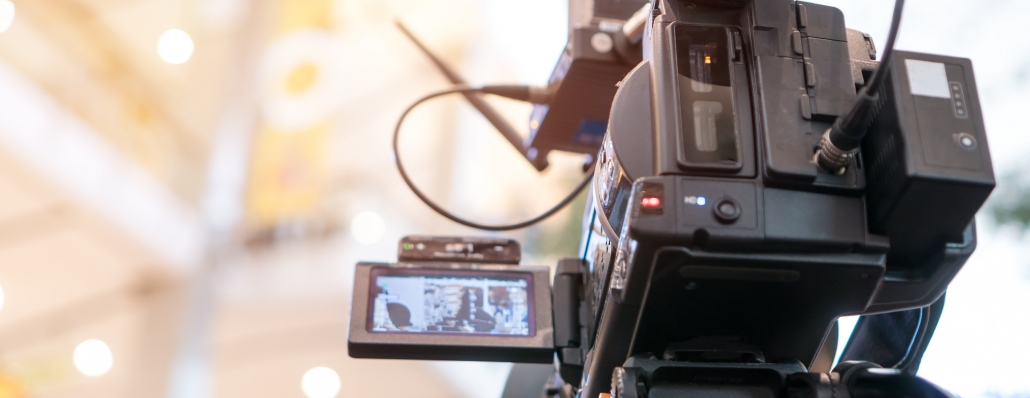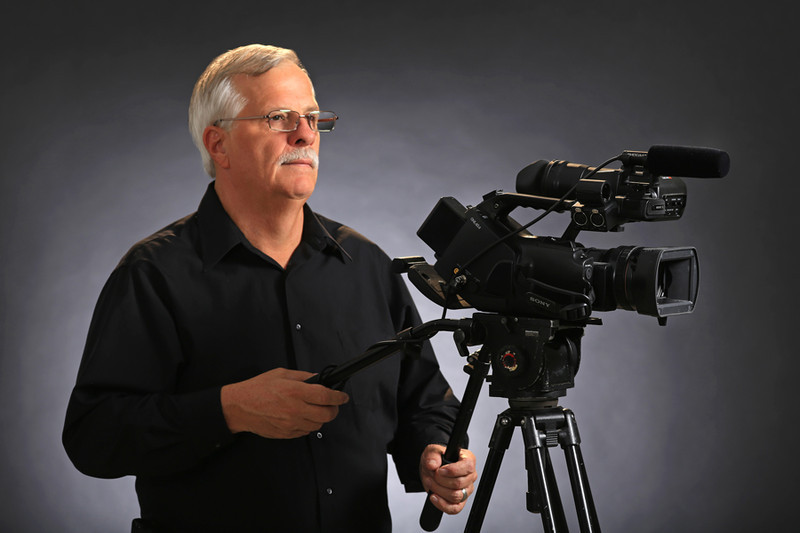Why Lawful Videography Is Essential for Accurate Legal Record-Keeping
In the world of lawful procedures, the precision of record-keeping is critical, and legal videography becomes a vital device in this context. By recording the subtleties of verbal and non-verbal interaction, it substantially minimizes the capacity for misinterpretation that can accompany typical written documents. Furthermore, the preservation of authentic visual proof not just boosts the reputation of testaments however also adds to a thorough account of occasions. As we discover the complex benefits of legal videography, one must consider its ramifications for the future of judicial integrity and openness - legal videography.
Value of Visual Proof
Establishing the importance of visual evidence in lawful proceedings is critical for making sure accurate record-keeping and improving the total stability of the judicial process. Visual proof acts as a vital device in documenting occasions, problems, and various other essential information that might be necessary to an instance. Unlike created accounts, which are prone to analysis and bias, aesthetic recordings supply an objective, unalterable representation of truths as they occurred.


This type of evidence can record a range of elements, including witness habits, ecological context, and physical proof, every one of which may affect judicial end results. By presenting a clear and thorough visual story, lawful videography eliminates uncertainty and aids to preserve the authenticity of the proof.
Moreover, visual proof can be instrumental in minimizing disagreements over factual inconsistencies, as it permits for a straight comparison against statement and various other recorded records. In an era where digital innovation is significantly widespread, the ability to present visual evidence successfully can dramatically enhance the overall high quality of legal procedures. Eventually, the unification of aesthetic proof not just bolsters the documentation process but also strengthens public count on the judicial system by advertising openness and responsibility.
Enhancing Statement Credibility
The integration of legal videography into court procedures significantly enhances the integrity of witness testimony. By capturing the subtleties of verbal and non-verbal interaction, video recordings give an even more thorough representation of a witness's demeanor, feelings, and integrity. This visual documentation permits jurors to observe the witness's body movement, faces, and total comportment, which are crucial components that can influence their assumption of testimony reputation.
Moreover, legal videography lowers the capacity for misinterpretation or distortion of testimony that might happen in written records. Audiences can see and listen to the testimony as it existed, making sure that the context and tone are preserved. This credibility cultivates a higher feeling of trust amongst jurors, who might be more inclined to think testimony that they can witness firsthand.
Furthermore, the visibility of video footage can hinder witnesses from offering deceptive or overstated declarations, as they are conscious that their testimony is being recorded. This responsibility enhances the integrity of the judicial process. Eventually, lawful videography works as an important device in ensuring that witness statement is not only precisely shown but likewise watched with heightened trustworthiness by all events entailed.
Comprehensive Record Preservation
Comprehensive record conservation is crucial for preserving the integrity of legal proceedings. Legal videography functions as a critical tool in this procedure, offering a precise visual her comment is here and auditory account of statements, depositions, and various other zero hours in an instance. Unlike typical written records, video clip recordings record the nuances of body movement, tone, and emotion, which are important for comprehending the context and intent behind statements made during legal process.

Furthermore, the capacity to examine video proof allows attorneys to recognize important details that might have been neglected in created records. By maintaining a comprehensive archive of legal process with videography, law practice can maintain the highest criteria of accuracy and liability, ultimately adding to a fairer judicial procedure.
Enhancing Legal Procedures
Streamlining legal process is important for improving efficiency and lowering delays within the judicial system. Legal videography acts as a critical device in accomplishing this goal by supplying clear and exact visual paperwork of court hearings, depositions, and testaments. This technology permits real-time recording, making sure that all spoken and non-verbal cues are caught, which can promote quicker resolution of disputes.
The integration of videography into legal processes decreases dependence on conventional methods, such as extensive records, which can be lengthy to produce and assess. By click for source having access to videotaped footage, lawyers can quickly reference vital moments, boosting their capacity to prepare and present instances successfully. This immediacy additionally assists in the clearing up of testaments, reducing the potential for misconception.
Additionally, visual documents promotes a more interesting court room experience for jurors, assisting them to comprehend intricate info much more easily. Inevitably, legal videography streamlines communication amongst all parties involved, from attorneys to courts to jurors, thus advertising a much more reliable judicial process (legal videography). In an era where time is important, embracing this modern technology is crucial for the contemporary legal landscape
Admissibility in Court
Precise paperwork is essential not just for performance yet also for making certain that evidence is admissible in court. Lawful videography serves as an essential tool in this procedure, offering a trustworthy aesthetic document of testimonies, statements, and events.
To be considered permissible, legal videography must adhere to well-known protocols, such as appropriate devices use, proper illumination, and clear sound capture. Additionally, it is essential to have qualified videographers that understand the lawful requirements bordering evidence collection. The chain of guardianship have to also be preserved to stop any insurance claims of meddling or alteration.
In addition, lawful videography can enhance the persuasiveness of evidence by offering jurors with a direct sight of the statement, permitting an extra engaged understanding of the situation. In summary, the assimilation of legal videography into record-keeping not only sustains effectiveness however likewise boosts the stability and admissibility of proof in court process.
Final Thought
Finally, legal videography plays an essential role in ensuring accurate legal record-keeping by giving objective aesthetic paperwork. This approach improves the reputation of statements, maintains thorough documents, and simplifies lawful process. In addition, the admissibility of my company high-grade video clip proof in court further emphasizes its importance - legal videography. Eventually, the consolidation of lawful videography right into the judicial procedure advertises transparency and reinforces public trust in the stability of the lawful system.